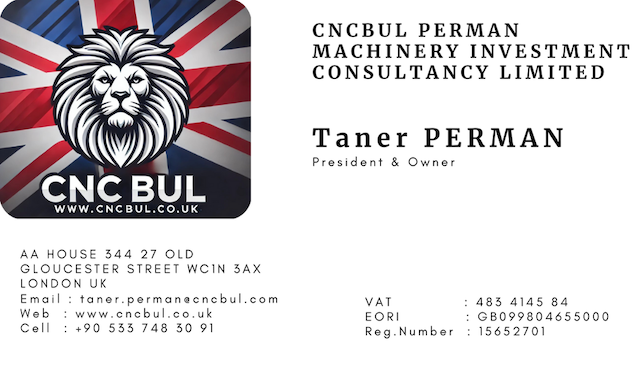What is SMT Pick & Place Machine?
An SMT (Surface Mount Technology) pick and place machine is an automated robotic machine used in the electronics manufacturing process to place surface-mount components onto a printed circuit board (PCB). SMT pick and place machines are a key part of the assembly line in the production of modern electronic devices.
Key Technical Details:
1. Purpose:
The main function of an SMT pick and place machine is to accurately position and place tiny surface-mounted components, such as resistors, capacitors, and integrated circuits (ICs), onto pre-defined positions on the PCB. These components are placed with high precision to ensure reliable connections after soldering.
2. Working Principle:
- Component Feeder: The machine is equipped with a feeder system that holds and presents the components. These components typically come in tape, reel, or tray form.
- Vision System: The machine uses cameras and image recognition algorithms to verify the exact position and orientation of the components and to inspect the PCB layout before placement.
- Vacuum Nozzle/Pick Head: The components are picked up using a vacuum nozzle attached to a robotic arm or turret. The vacuum holds the component securely during movement.
- Placement Head: The robotic head moves the components to their designated position on the PCB. It can make rapid and precise movements based on the PCB layout design (typically from CAD files).
- X, Y, Z Movement: The machine’s placement head moves along three axes (X, Y, Z) to accurately place components. The Z-axis controls the vertical movement, while the X and Y axes control lateral positioning.
3. Component Types:
SMT pick and place machines handle a wide range of surface-mount components, from tiny chip resistors (as small as 0201, meaning 0.02 inches by 0.01 inches) to larger ICs, such as ball grid arrays (BGAs) and quad flat packages (QFPs). The machine can adapt to different sizes and shapes of components by using interchangeable nozzles.
4. Speed and Accuracy:
- Placement Speed: Modern high-speed pick and place machines can place components at rates of tens of thousands to hundreds of thousands per hour, depending on the machine’s capabilities and the complexity of the board.
- Placement Accuracy: Precision is critical. Most machines offer micrometer-level accuracy to ensure the proper alignment of each component. This accuracy is necessary to avoid issues like poor solder joints or electrical faults after the reflow soldering process.
5. Programming and Setup:
- The machine is typically programmed with data files that contain the PCB layout, component positions, rotation angles, and height information. This data comes from CAD designs.
- Operators can fine-tune the setup and calibration, adjusting for board type, component type, and ensuring everything matches the specifications.
6. Closed-loop Feedback System:
Many pick and place machines use closed-loop feedback systems, meaning they constantly monitor and adjust the pick and place process in real time. This helps to ensure that all components are placed correctly, compensating for minor variations in the PCB or components.
7. Integration with Other SMT Processes:
The pick and place machine is just one part of the overall SMT production line. Typically, the process flows as follows:
- Solder Paste Application: Solder paste is applied to the PCB pads using a stencil printer.
- Pick and Place: The SMT pick and place machine then positions the components onto the solder paste.
- Reflow Oven: After placement, the board moves through a reflow oven, where the solder paste melts and forms permanent connections between the components and the board.
8. Machine Types:
- Single-Head Machines: These machines have one pick head, making them slower but more suitable for lower volume or prototype work.
- Multi-Head Machines: High-speed production lines often use multi-head pick and place machines, which can place several components simultaneously, drastically increasing throughput.
Advantages of SMT Pick and Place Machines:
- High Precision: Ensures that even the smallest components are placed accurately on the PCB.
- Automation: Reduces labor and increases production speed, especially in high-volume manufacturing.
- Flexibility: Can handle a wide variety of components and board layouts with quick changeovers.
- Consistency: Automated machines provide consistent quality, reducing human errors.
In summary, an SMT pick and place machine is a highly automated, precise, and fast machine critical to modern electronics manufacturing. Its job is to place electronic components accurately onto a PCB for subsequent soldering, ensuring that complex devices like smartphones, computers, and other gadgets can be mass-produced efficiently.


